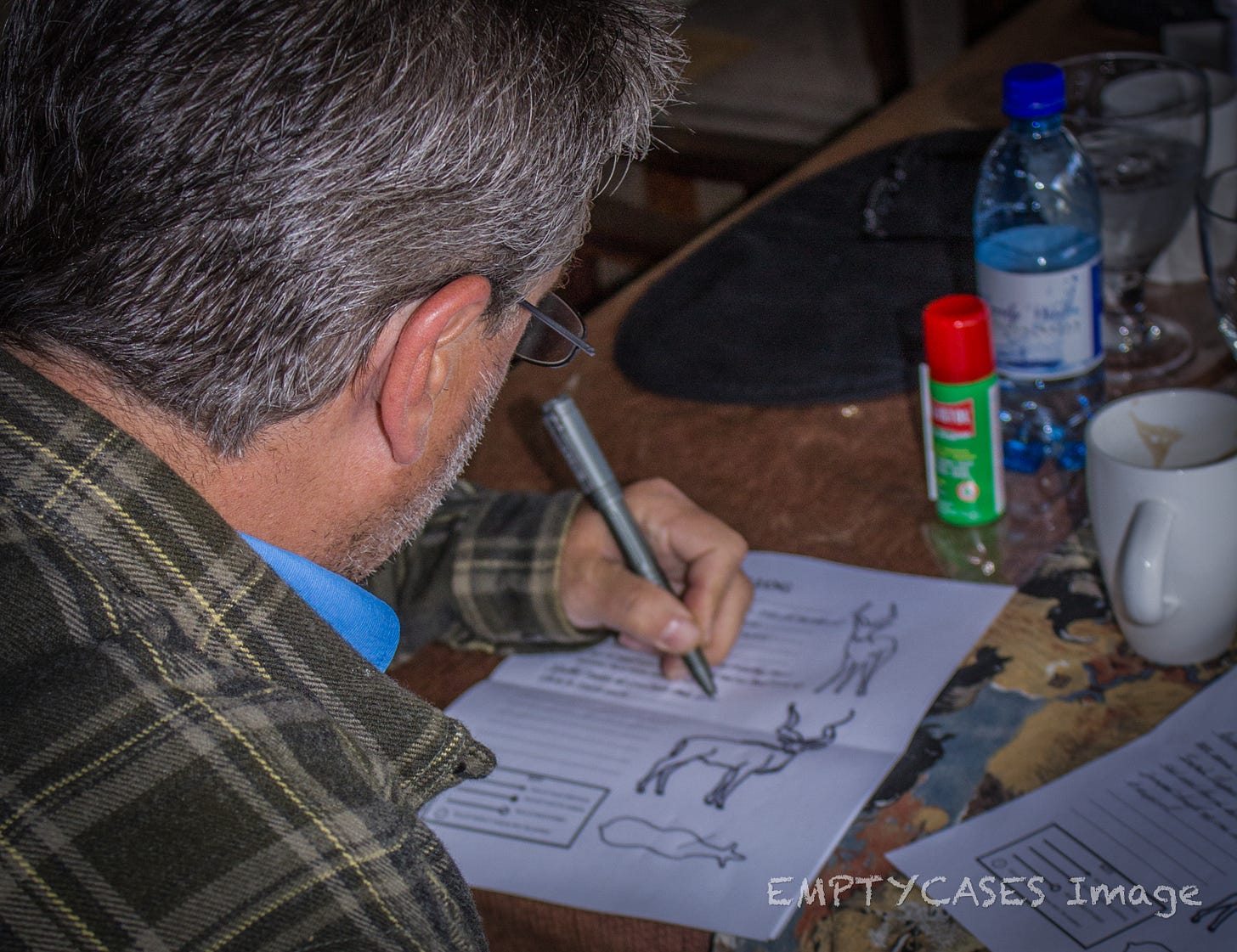Before my first safari in Africa I was given a copy of The Perfect Shot by Kevin Robertson. The book, with extreme detail, outlined the vital zones for the most popular species hunted in Africa. I st…
Keep reading with a 7-day free trial
Subscribe to EmptyCases Substack to keep reading this post and get 7 days of free access to the full post archives.



